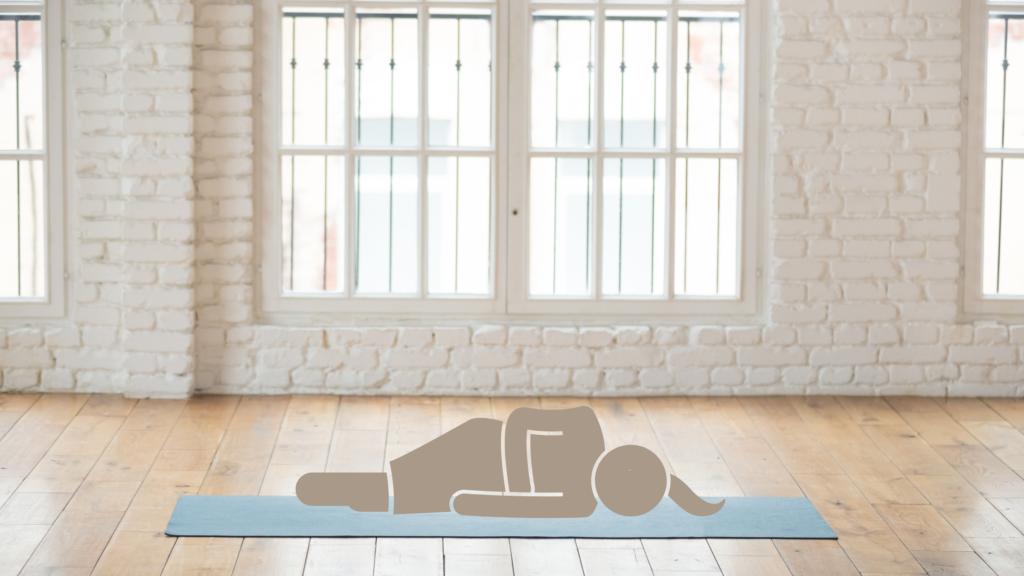
Please, Please Get Me Out of Savasana
“], “filter”: { “nextExceptions”: “img, blockquote, div”, “nextContainsExceptions”: “img, blockquote, a.btn, a.o-button”} }”>
Heading out the door? Read this article on the new Outside+ app available now on iOS devices for members!
>”,”name”:”in-content-cta”,”type”:”link”}}”>Download the app.
I’d venture to say that 9 out of 10 yogis agree that Savasana is an essential wrap on any yoga class. What comes after Savasana, however, is more contentious.
Some students prefer to be left there, lying in the end-of-practice pose that allows for integration of both mind and body. This tends to occur when there’s ample time before the next class begins, allowing teachers to invite students to stay in the space for as long as is desired, the better to sink deeper into meditation or take a few extra, unhurried minutes in an interminable Corpse Pose.
That all makes total sense to me. And I respectfully disagree.
It may sound nice to you (to each their own), but what happens next can be a touch chaotic. Those who choose to stay, the very pictures of closed-eyed tranquility, try to remain still as props are stacked, mats are cleaned and noisily rolled, and exits are made by the rest of us.
I don’t like being left in Savasana. I prefer some parameters.
Whenever a teacher ends class while I’m splayed out in meditation, I feel abandoned and restless. (I tell myself that these are unwarranted emotions to bring to the studio, but that doesn’t stop me!) Left on my back, class feels unfinished, and I am left to wonder whether I want to try to salvage the meditative energy of this pose for an extended period of time, or if the teacher’s verbal wrap of class is my cue to get up and leave. More often than not, it’s the second option for me.
I am aware that my opinion isn’t popular. When I pose it to teachers or friends, I’m met with a bewildered smile, as if I must be joking. “Savasana is the best,” they effuse. If they could, they would stay in Savasana forever (not in a morbid way). One particular friend takes full advantage of the offering, staying on her mat long after the entire class has dissipated, indulging in the permission to take all the time she needs. I witness the earnest peace on her face each time that I scuttle out of the room.
I suppose my version of that Side Fetal Pose provides that ultimate moment of post-practice peace for me. That pause between Savasana and Sukhasana is a liminal space, a point of separation between my practice and its completion. It’s just a beat, but it’s profound; I usually discover that I, too, am smiling to myself as I curl up on my right side.
But for my practice to feel complete, a fully finished hero’s journey, I need to be brought back to a seat and called to wrap class as a collective, whether that’s with a resonant om, a simple smile, or an optional namaste. That’s when I’ve returned to the room and am ready to return to the yoga that is my life.










